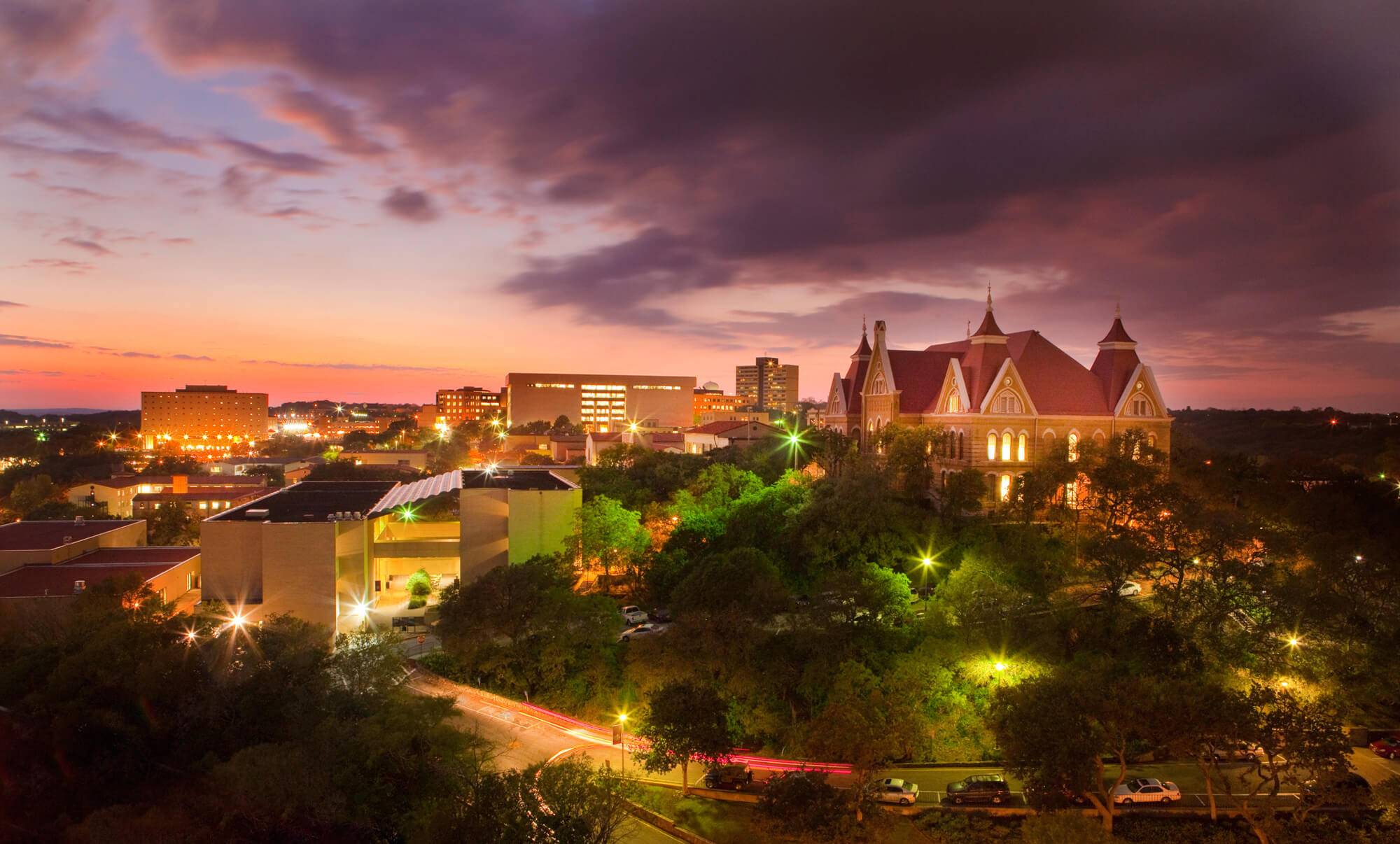Assistant Professor Shapes Teaching Methods
By Erica Rodriguez
Her office is filled with colorful posters and toys that help education students teach math to children.
Now, this mathematics teacher is crossing continents to research teaching methods in an education study for the country of South Africa, in hopes of inspiring change.
“In the past there have been a lot of studies that compare countries and tell how they are doing, but these studies do not usually involve developing countries,” said Alejandra Sorto, mathematics assistant professor.
Sorto is part of an international team of university scholars organized by Stanford University who will be analyzing teaching methods of more than 100 classrooms in South Africa, a country where the United Nations Children’s Fund (UNICEF) reports only 58 to 65 percent of children attend secondary school.
Sorto’s work is divided into two parts: a written and virtual evaluation examining a teacher’s styles, via a videotape of the class, which is a fairly new method of analyzing teaching.
What’s unique about South Africa is the lack [of] educated researchers who have been properly trained to analyze and interpret data from these studies, Sorto said.
In addition to analyzing the videos, she will be training South African educators to interpret data. For Sorto, this process goes beyond the classroom to help the country develop their education system.
“It’s not just what the kids learn,” Sorto said.
The study will look at training, professional development, salaries and working hours as factors possibly impacting teaching methods and, in turn, a child’s education.
Fellow colleagues have nothing by praise for her new work.
“She cares a lot about the quality of teaching (underrepresented) children receive,” said Terence McCabe, who will be teaching an honors course with Sorto next year.
McCabe, [a] mathematics assistant professor, explained Sorto is able to teach children how to get inside math problems and receive an enhanced learning experience.
“She’s a very, very good teacher,” he said.
Still, Sorto enters into the final leg of the study with a bit of apprehension.
“Africa is just a new world,” she said. “It’s going to be a challenge to make sense of the data we collect if we don’t know what’s going on with the actual school.”
Because of the distance, Sorto will not be able to travel to many of the schools to conduct her studies firsthand. As a result, she could miss valuable cultural and social information helping her explain how the children process information.
Nevertheless, Sorto said she is hopeful about the effect her work will have on the South African education system.
“It’s very immediate. For any country, (a study like this) shapes up their educational policies.”
Sorto said this study could spur policymakers into action because it combines a group of experts from all kinds of educational backgrounds. On the other hand, colleagues can see her study spawning another kind of change on this side of the world.
“Understanding different cultures gives us the insight in how to engage students in mathematics,” said Max Warshauer, mathematics professor, about the study.
Warshauer works with Sorto instructing teachers in San Marcos and South Texas on how to develop their teaching methods.
“She has an incredible enthusiasm for working with teachers,” he said.
Sorto believes this program will give new insight to the future teachers she instructs.
“It enriches my classes,” she said.
Sorto often shows her education classes the videotapes she is studying to explain how children learn differently.
“That’s a way for me to tie my research with teaching future teachers,” she said.
The team will be presenting their findings in March 17 to 21 at the national convention for the Comparative and International Education Society in New York City.
Until then, Sorto is awaiting for funding from the UNICEF, to conduct her next study, which will compare teaching styles of bilingual educators in the U.S. and teachers in Latin America.
This article appeared in the January 16, 2008 edition of The University Star, a Texas State University Publication.
